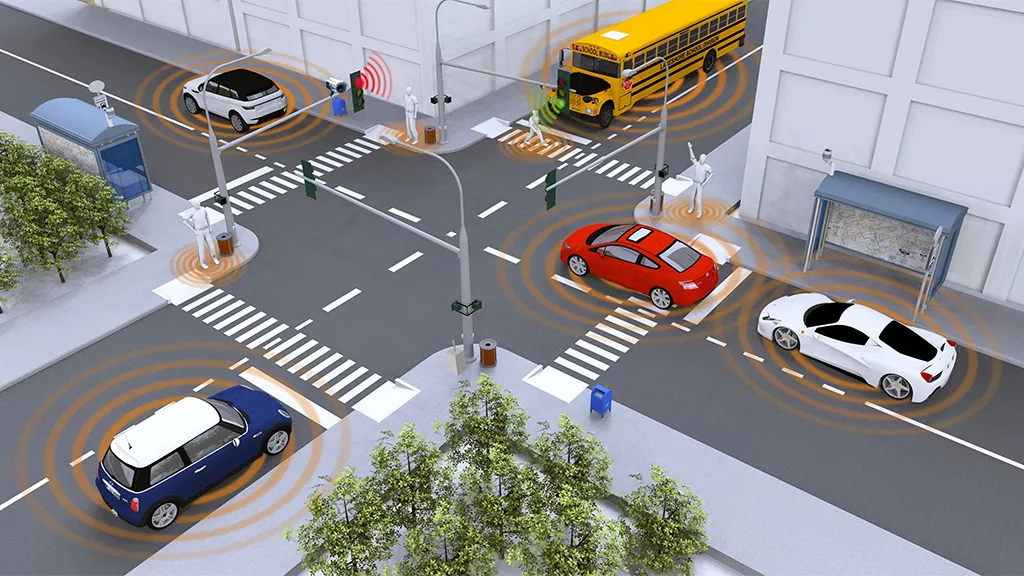In the bustling heart of urban landscapes, intersections are more than just meeting points for roads; they are critical junctures where the lives of pedestrians and the flow of traffic intersect. For pedestrians, these areas are fraught with danger, and the risk of accidents is significantly heightened. Enter Younggn Kim, a researcher from the University of Central Florida, who is revolutionizing pedestrian safety with a groundbreaking approach to predicting crossing directions at intersections.
Kim, affiliated with the Smart and Safe Transportation Lab at the Department of Civil, Environmental, and Construction Engineering, has developed a novel framework that leverages deep learning to anticipate the crossing directions of pedestrians. This innovation is a game-changer, especially in the context of smart cities and the energy sector, where efficient traffic management can lead to substantial energy savings.
The crux of Kim’s research lies in the use of keypoints and trajectory data extracted from CCTV footage. By standardizing spatial features through a global coordinate system, Kim’s framework can overcome the challenges posed by varying intersection geometries and camera perspectives. “Our goal was to create a system that is not only accurate but also adaptable,” Kim explains. “By using a geometric-invariant model, we ensure that the system can be easily transferred across different intersections, reducing the need for extensive data collection and training from multiple camera angles.”
The framework employs advanced machine learning techniques, including Transformer-based models and Graph Convolutional Networks (GCNs), to extract spatial and temporal features from pedestrian behaviors. The results are impressive: the proposed framework achieved an accuracy of 94.10% and an F1-Score of 92.35%. This high level of precision means that the system can effectively capture pedestrian intentions across diverse scenarios, significantly enhancing safety at intersections.
The implications of this research are far-reaching. For the energy sector, efficient traffic management can lead to reduced idling times for vehicles, lower emissions, and optimized signal timing. “Imagine a future where intersections are not just safer for pedestrians but also more efficient for vehicles,” Kim envisions. “This can lead to a significant reduction in energy consumption and emissions, contributing to a more sustainable urban environment.”
Moreover, the framework’s ability to predict pedestrian crossing directions can be integrated into signal optimization systems, further improving traffic flow. This dual benefit of enhanced safety and efficiency makes Kim’s research a beacon of innovation in the field of intelligent transportation systems.
The study, published in the IEEE Open Journal of Intelligent Transportation Systems, translates to the English name “IEEE Open Journal of Intelligent Transportation Systems” and is a testament to the potential of deep learning in transforming urban mobility. As cities continue to grow and evolve, the need for such intelligent systems will only increase. Kim’s work paves the way for a future where technology and human behavior converge to create safer, more efficient, and sustainable urban spaces. The implementation of this work is publicly available at https://github.com/Kimyounggun99/CrossingDirectionPrediction.

